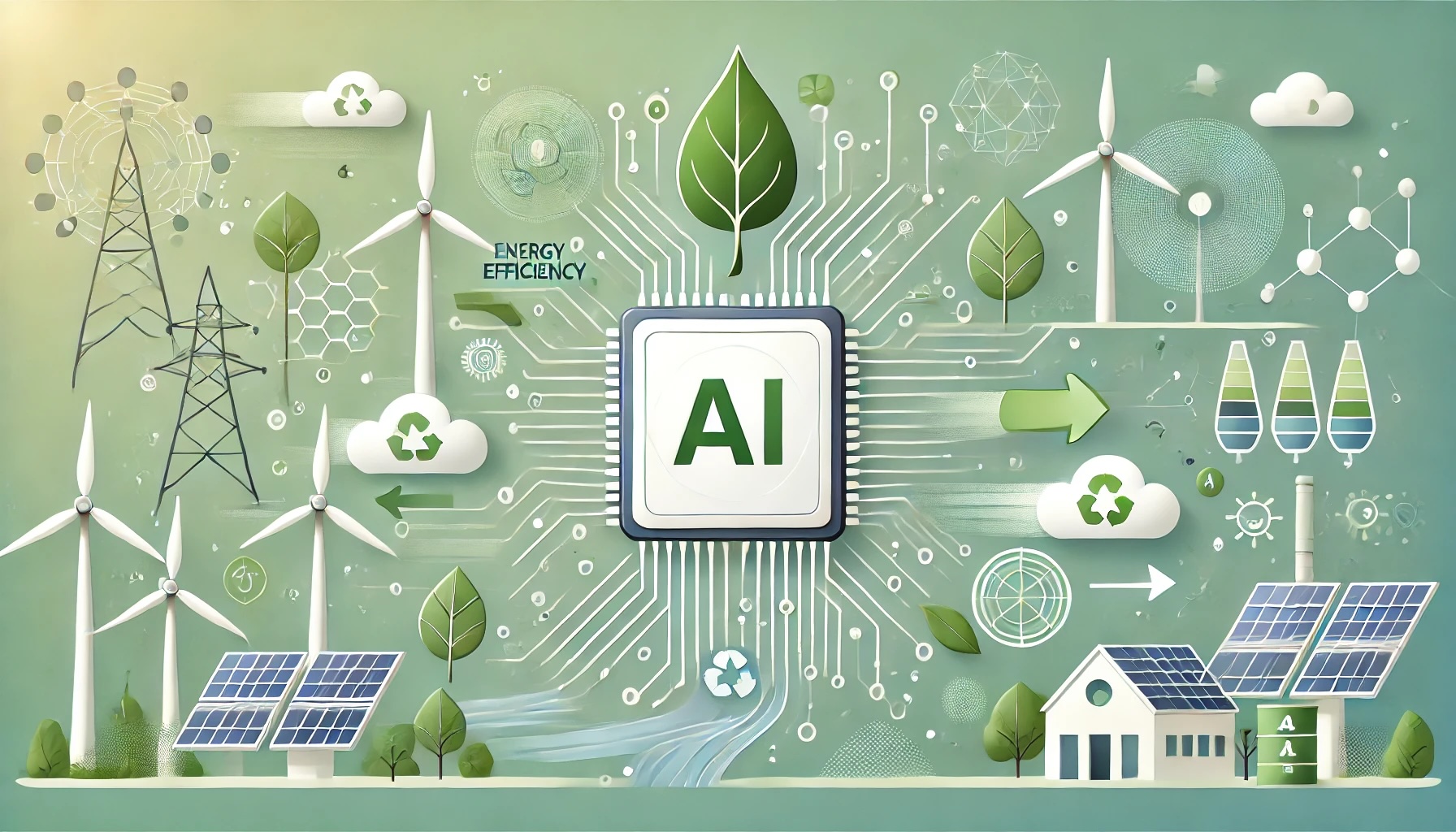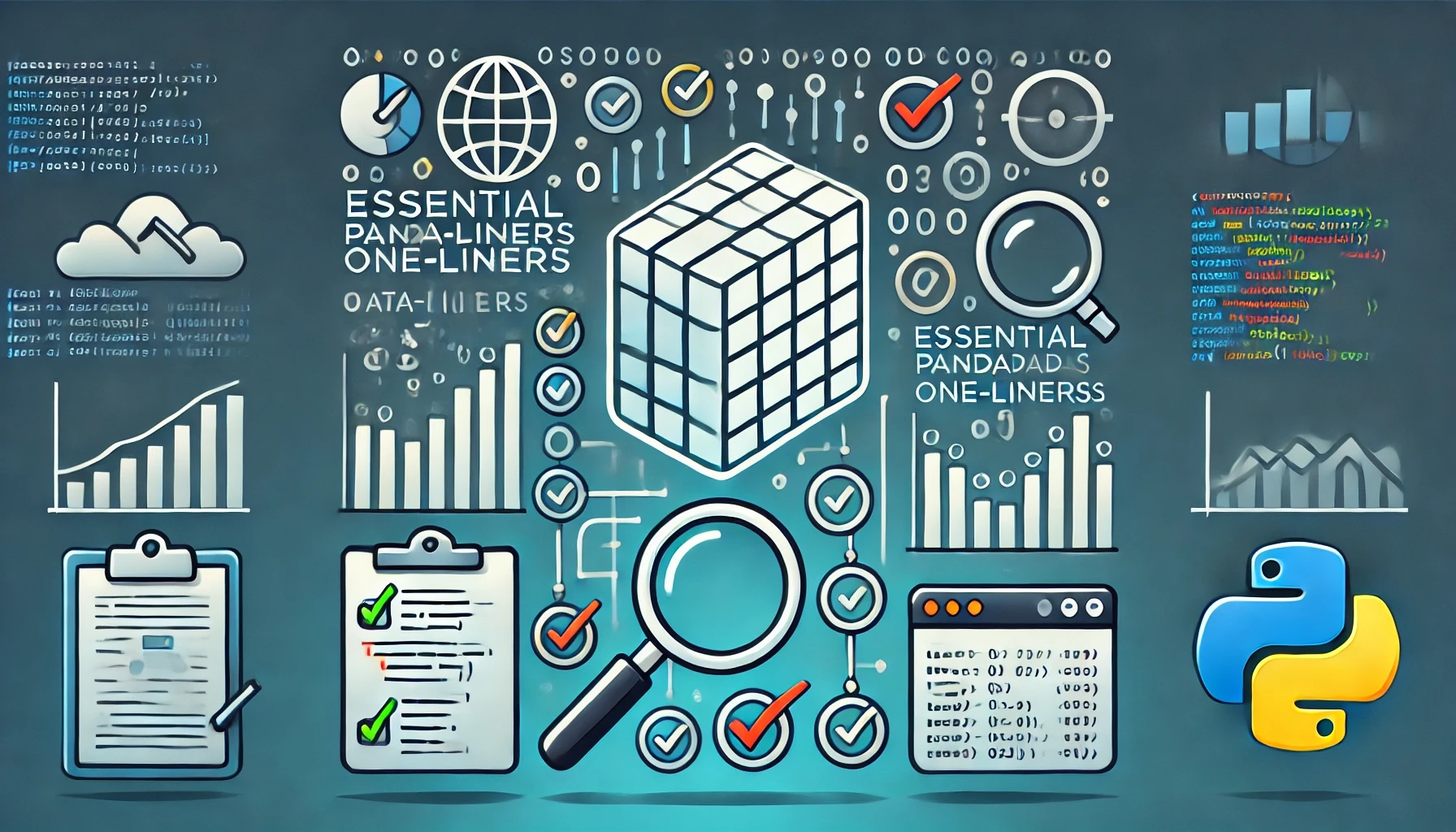AI Solutions to Cut Energy Use and Emissions
AI solutions to cut energy use and emissions are transforming the way industries approach sustainability. Imagine a world where energy efficiency and carbon reduction are seamlessly integrated into operations. This isn’t just a dream—it’s our present. Businesses, governments, and innovators are turning to artificial intelligence to address one of the most pressing challenges of our time: shrinking our environmental footprint. If you’ve been wondering whether AI has a role to play in building a more sustainable future, the answer is a resounding yes. Let’s dive into how AI is ushering in a new era of energy transformation.
Also Read: AI in climate change and environmental management
Why Energy Demand and Emissions Are a Global Concern
Energy demand continues to grow as industries and populations expand. With over 80% of the world’s energy still derived from fossil fuels, this increase directly correlates with rising carbon emissions. Climate experts have long warned about the severe consequences of unchecked emissions, ranging from rising global temperatures to extreme weather events. To address this, industries must innovate to meet energy needs while cutting back on emissions. This is where AI provides a groundbreaking opportunity to rethink energy management and environmental responsibility.
Also Read: Powering the Future of Artificial Intelligence
AI in Energy Management
Artificial intelligence is revolutionizing energy management by optimizing how energy is consumed, distributed, and conserved. With advanced algorithms and predictive analytics, AI systems can scan complex patterns in energy usage, forecast demand, and reduce excess consumption. This efficiency not only leads to cost savings for businesses but also significantly lowers emissions.
For example, smart energy grids powered by AI can dynamically adjust electricity distribution, ensuring only the necessary power is used. AI integrates real-time data, such as weather conditions and user activity, to prevent waste while providing seamless service. This concept of “smart energy” is already becoming a reality in cities and industries worldwide.
Transforming the Industrial Sector with AI
The industrial sector, a significant contributor to global emissions, is experiencing a major shift with AI technologies. Factories and manufacturing plants now utilize AI-driven solutions to enhance operations and optimize energy use at every stage of production.
Advanced sensors and machine-learning models help monitor equipment and identify inefficiencies. AI can predict when machines need maintenance, preventing downtime and energy waste. Companies like Siemens are using AI to oversee entire industrial operations, cutting unnecessary energy consumption while streamlining productivity. These systems not only enhance sustainability but also reduce costs, making them a win-win investment for manufacturers.
AI and Renewable Energy Integration
The move toward renewable energy sources is critical to reducing our reliance on fossil fuels. AI plays an integral role in efficiently managing renewable energy systems. Wind and solar energy, for instance, are naturally intermittent and harder to predict compared to fossil-based alternatives. Artificial intelligence bridges this gap by forecasting energy production based on weather patterns and demand cycles.
AI also ensures renewable energy resources are used optimally by connecting them with storage systems like batteries. When there’s surplus renewable energy, AI automatically redirects it to storage. This stored energy can later be distributed when production dips, such as during cloudy days or low wind conditions. By maximizing the utility of renewables, AI helps accelerate the global transition toward cleaner energy alternatives.
Also Read: Optimizing AI Data Centers for Sustainability
Reducing Emissions in Transportation with AI
The transportation sector accounts for a significant portion of global emissions, but AI offers solutions to tackle this problem from multiple angles. For logistics companies, AI enhances route efficiency, ensures optimal load distribution, and reduces fuel consumption. By analyzing traffic patterns and other data, AI systems can recommend shorter or faster routes for delivery vehicles, thus cutting down on emissions.
AI also powers advancements in electric and autonomous vehicles. Electric cars embedded with AI systems monitor battery performance for improved efficiency, while autonomous vehicles use real-time data to avoid energy-intensive driving behaviors like rapid acceleration. Together, these innovations are reshaping the way we approach sustainable transportation.
Smart Buildings: AI in Urban Sustainability
Buildings consume roughly 40% of the world’s energy and contribute to a substantial fraction of CO2 emissions. Smart building technologies powered by AI are transforming urban energy use. From heating and cooling systems to lighting, AI optimizes energy use based on occupant behavior and environmental conditions.
For instance, AI-enabled systems adjust HVAC (heating, ventilation, and air conditioning) operations to maintain comfort while minimizing waste. Smart thermostats learn user patterns and reduce energy consumption during non-peak hours. This not only decreases costs but also aligns urban infrastructure with sustainability goals.
Also Read: How Smart Cities Can Be Built and Maintained Sustainably
The Role of AI in Carbon Tracking and Accountability
One of the most exciting applications of AI is its ability to track and quantify carbon footprints, enabling better accountability. Algorithms can calculate emissions in real time across an organization’s entire operation. This provides clear data, allowing companies to set achievable goals for reducing their impact on the environment.
AI tools also assist in compliance with government regulations and environmental standards. Predictive models identify areas where emissions reductions can be made, while providing actionable insights for improvement. This increases transparency and places organizations at the forefront of sustainable practices.
Challenges and the Road Ahead
While AI has promising solutions for reducing energy use and emissions, challenges remain. The technology relies on substantial computational power, which itself can be energy-intensive. To counter this, researchers are exploring methods to make AI models more energy-efficient, such as lightweight algorithms and advanced hardware designs.
Collaboration among governments, businesses, and tech innovators will be essential to scale these solutions. Proper policy frameworks and investments in renewable infrastructure will further strengthen AI’s role in creating efficient and sustainable energy systems. By uniting efforts, we can harness the full potential of AI to build a cleaner and greener future.
Also Read: Generative AI’s Rising Energy Costs Impact Climate
Conclusion: Pioneering Energy Transformation with AI
AI solutions to cut energy use and emissions represent more than just technological advancements—they signify a fundamental shift in how we approach sustainability. By revolutionizing energy management, enhancing industrial efficiency, integrating renewables, and promoting smarter transportation and buildings, AI is equipping us with powerful tools to combat climate change.
As industries and communities continue to adopt AI-driven energy solutions, the vision of a more sustainable, energy-efficient world is becoming achievable. The journey toward reducing emissions is far from over, but AI offers a clear pathway to progress. It’s not just about meeting today’s challenges but also about preserving the planet for generations to come.
Source link
 Insights Daily World is your one-stop destination for discovering unbeatable discounts, trending deals, and the latest offers across various products. Stay informed with the newest updates, breaking news, and insightful deals, all designed to help you save and stay ahead
Insights Daily World is your one-stop destination for discovering unbeatable discounts, trending deals, and the latest offers across various products. Stay informed with the newest updates, breaking news, and insightful deals, all designed to help you save and stay ahead




